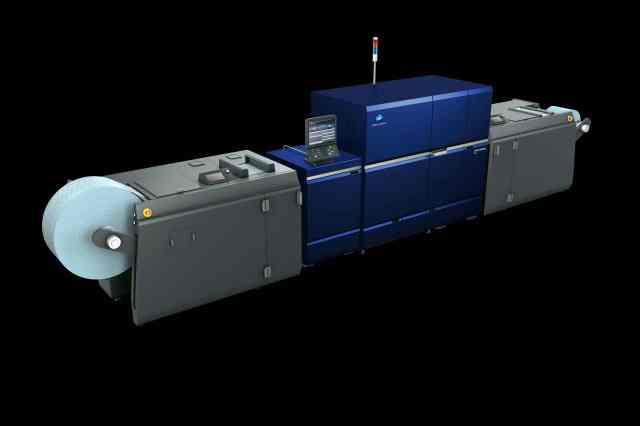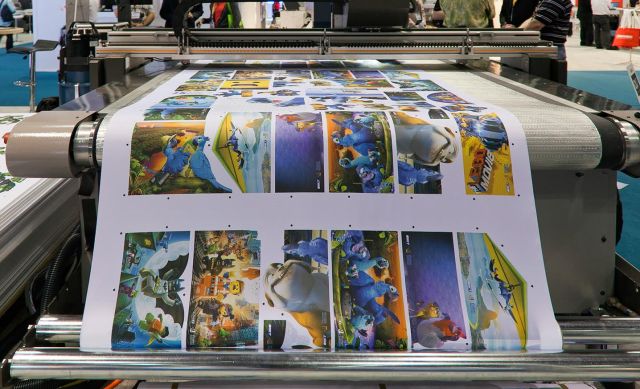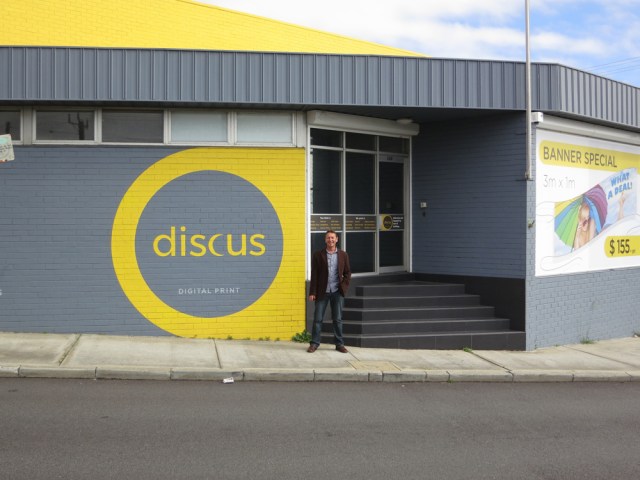
This article first appeared in the November issue of Australian Printer.
The digital printing landscape continues to evolve at a pace that is both exciting and challenging. Konica Minolta sees this evolution as a tremendous opportunity for printers to expand their offerings, enhance efficiency, and meet the ever-increasing demands of today’s fast-paced markets.
One of the most significant shifts in the printing industry is the growing demand for shorter print runs, faster turnaround times, and increased customisation. Traditional offset printing remains important, but digital print technology has been able to respond quickly to the changing needs of modern consumers.
“Today’s customers expect high-quality results, but they also want flexibility. Digital print delivers on both fronts,” Konica Minolta production print sales general manager Andrew Cocker said.
“Digital print technology allows businesses to adapt quickly to market demands, producing high-quality output without the need for large quantities. This is especially important in sectors like packaging, labels, and commercial printing, where brands are looking for more targeted, on-demand solutions.
“By eliminating the need for setup costs and allowing for variable data printing, digital print offers printers the agility they need to thrive in today’s competitive environment.”
Konica Minolta is seeing rapid adoption of its digital solutions as businesses realise the immense potential of digital printing to expand their offerings, increase profitability, and minimise waste.

“It’s about empowering businesses to say ‘yes’ to more jobs, including those that might have been too complex or cost-prohibitive using traditional methods,” Cocker said.
“One area of excitement is how digital print is closing the gap with analogue processes, especially for higher-run jobs. Advances in B2 and B1 digital press sheets and increasing press speeds are revolutionising the way businesses approach large-scale print jobs.
“With digital technology now able to produce high-quality, larger format print runs more efficiently than ever before, printers are finding that digital print is a viable option even for mid- to high-volume jobs traditionally dominated by offset. The potential to deliver high-volume jobs faster, with the added benefits of personalisation and on-demand capabilities, is a game-changer.”
Emerging opportunities
One area where Konica Minolta sees tremendous growth potential is in packaging and labels. Both sectors are experiencing a surge in demand for short-run and custom packaging, driven by the rise of e-commerce and changing consumer preferences.
Brands are now turning to digital printing for its ability to create personalised, eye-catching designs in small batches. Konica Minolta has developed solutions such as the AccurioLabel 400 to help businesses tap into this growing market.
This digital label press combines precision and speed with the flexibility that businesses need to keep up with changing demands. As sustainability becomes a greater focus for consumers and brands alike, digital printing’s ability to reduce waste and streamline production is a key advantage.
Digital embellishment is emerging as one of the most exciting ways to add value to print products. Technologies like Konica Minolta’s AccurioShine 3600 and MGI JetVarnish allow printers to enhance their offerings with eye-catching effects such as spot varnish, foiling, and 3D textures. These finishing touches can make a significant impact, elevating standard print jobs into premium products that command higher margins.
“The beauty of digital embellishment lies in its ability to be integrated into the workflow seamlessly, with no need for lengthy setup times or high-volume requirements. Printers can offer these high-end effects even for short-runs, opening up new revenue streams without adding complexity or cost,” Cocker said.
“We believe this trend will only continue to grow as businesses and consumers alike look for ways to make their print materials stand out in a digital world.”
The future is bright
As we look toward the future of digital print, sustainability will continue to play a crucial role. Konica Minolta is committed to developing technologies that minimise environmental impact while also maximising productivity.
“Our digital presses are designed with eco-friendly features like energy-efficient LED drying systems, and we continually strive to reduce waste in the printing process,” Cocker said.
Digital print itself offers several sustainability benefits. The ability to print on demand means businesses can produce exactly what they need, when they need it, reducing overproduction and minimising waste.
“As we look ahead, our focus remains on innovation and customer success. We’re committed to developing solutions that help businesses unlock new possibilities in print, and we’re excited to be part of an industry that continues to push the boundaries of what’s possible,” Cocker added.
Comment below to have your say on this story.
If you have a news story or tip-off, get in touch at editorial@sprinter.com.au.
Sign up to the Sprinter newsletter



